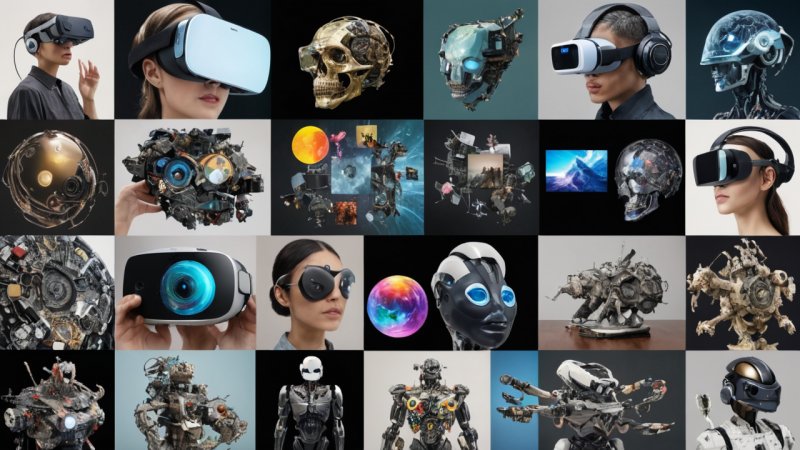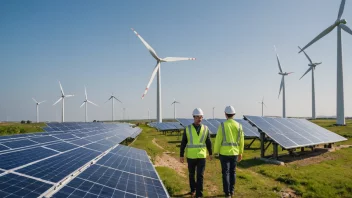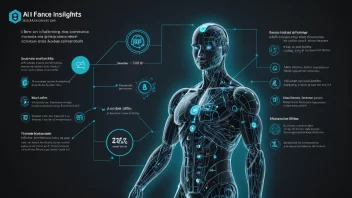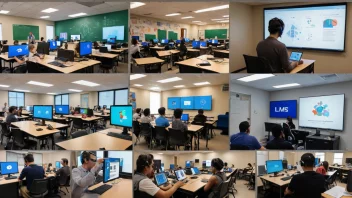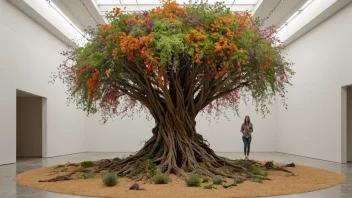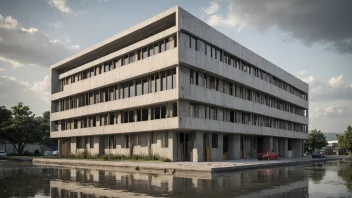The interplay between art and technology has been a defining characteristic of human culture, shaping how we create, perceive, and interact with the world around us. As technological advancements continue to evolve at an unprecedented pace, they not only influence the methods artists use to express their ideas but also challenge the very definition of art itself. This article delves into the intricate relationship between art and technology, examining how they inform and transform one another across various mediums, and highlighting significant movements and figures that have emerged from this synergy.
The Historical Context of Art and Technology
Throughout history, the relationship between art and technology has manifested in various forms. From the invention of the wheel to the printing press, each technological advancement has had profound effects on artistic expression. The Renaissance period, for example, marked a significant turning point where artists began to embrace scientific principles to enhance their work. Figures like Leonardo da Vinci exemplified this fusion, utilizing emerging technologies to create masterpieces that blended art and science seamlessly.
Modern Innovations in Artistic Practices
As we moved into the 20th and 21st centuries, the introduction of new technologies such as photography, film, and digital media revolutionized artistic practices. Photography challenged traditional painting by offering a new way to capture reality, while film introduced narrative storytelling through visual means. Artists began to experiment with these new mediums, leading to the emergence of movements such as Surrealism and Dadaism, which embraced technology as a tool for creative expression.
The Rise of Digital Art
The digital age has further transformed the landscape of art, giving rise to digital art forms that utilize computer software and hardware. Artists can now create intricate designs, animations, and interactive installations that were previously unimaginable. This democratization of art has allowed more individuals to engage in creative practices, as access to technology becomes increasingly widespread. Platforms such as social media have also enabled artists to share their work with a global audience, fostering a new culture of collaboration and innovation.
Technology as a Medium and a Message
One of the most fascinating aspects of the relationship between art and technology is how technology itself can become both a medium and a message. For instance, artists like Rafael Lozano-Hemmer use technology to create interactive installations that respond to viewer input, blurring the lines between creator and audience. These works challenge traditional notions of authorship and provoke thought about the role of technology in our lives.
Artificial Intelligence in Art
In recent years, artificial intelligence (AI) has emerged as a powerful tool for artists. AI algorithms can analyze vast amounts of data to generate unique artworks, leading to debates about creativity and originality. Artists like Mario Klingemann have harnessed AI to explore new creative possibilities, raising questions about the nature of art in an age where machines can create. The intersection of art and AI prompts us to reconsider what it means to be an artist and how technology shapes our understanding of creativity.
Art in the Age of Virtual Reality
Virtual reality (VR) is another frontier where art and technology converge. VR allows artists to create immersive environments that transport viewers into entirely new worlds. This medium not only enhances the sensory experience of art but also invites participation and interaction. Artists like Jon Rafman have used VR to explore themes of identity and existence, pushing the boundaries of how we experience art in a digital context.
The Ethical Implications of Art and Technology
As technology continues to influence artistic practices, ethical considerations also arise. Issues such as copyright, ownership, and the potential for misuse of technology in art are increasingly relevant. The rise of deepfakes and digitally manipulated images prompts discussions about authenticity and truth in art. Artists and technologists alike must navigate these complex ethical landscapes as they explore new creative avenues.
Conclusion
The relationship between art and technology is a dynamic and evolving dialogue that reflects the complexities of human experience. As technology advances, it opens up new possibilities for artistic expression while also challenging our perceptions of creativity and authenticity. By understanding this relationship, we can appreciate the ways in which art and technology inform and enrich one another, ultimately shaping the future of cultural expression. As we continue to explore this interplay, it is essential to remain mindful of the ethical implications and to foster a dialogue that encourages innovation while respecting the integrity of artistic practice.
